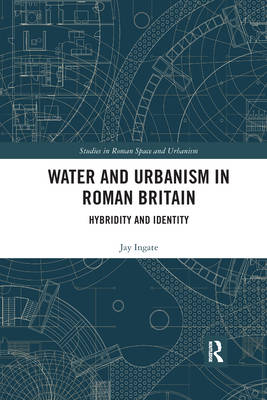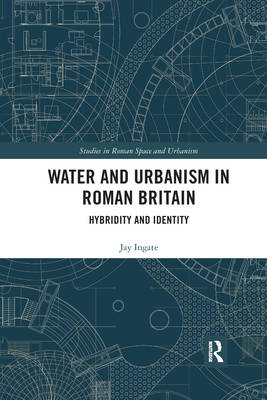
- Retrait gratuit dans votre magasin Club
- 7.000.000 titres dans notre catalogue
- Payer en toute sécurité
- Toujours un magasin près de chez vous
- Retrait gratuit dans votre magasin Club
- 7.000.000 titres dans notre catalogue
- Payer en toute sécurité
- Toujours un magasin près de chez vous
Description
The establishment of large-scale water infrastructure is a defining aspect of the process of urbanisation. In places like Britain, the Roman period represents the first introduction of features that can be recognised and paralleled to our modern water networks. Writers have regularly cast these innovations as markers of a uniform Roman identity spreading throughout the Empire, and bringing with it a familiar, modern, sense of what constitutes civilised urban living. However, this is a view that has often neglected to explain how such developments were connected to the important symbolic and ritual traditions of waterscapes in Iron Age Britain.
Water and Urbanism in Roman Britain
argues that the creation of Roman water infrastructure forged a meaningful entanglement between the process of urbanisation and significant local landscape contexts. As a result, it suggests that archetypal Roman urban water features were often more related to an active expression of local hybrid identities, rather than alignment to an incoming continental ideal. By questioning the familiarity of these aspects of the ancient urban form, we can move away from the unhelpful idea that Roman precedent is a central tenet of the current unsustainable relationship between water and our modern cities.This monograph will be of interest to academics and students studying aspects of Roman water management, urbanisation in Roman Britain, and theoretical approaches to landscape. It will also appeal to those working more generally on past human interactions with the natural world.
Spécifications
Parties prenantes
- Auteur(s) :
- Editeur:
Contenu
- Nombre de pages :
- 232
- Langue:
- Anglais
- Collection :
Caractéristiques
- EAN:
- 9781032178271
- Date de parution :
- 30-09-21
- Format:
- Livre broché
- Format numérique:
- Trade paperback (VS)
- Dimensions :
- 156 mm x 234 mm
- Poids :
- 331 g







